NASA scientists in the United States have developed a process to create extremely accurate eclipse maps using lunar topography data, revealing the Moon’s true shadow shape.
From NASA/Goddard Space Flight Center 27/09/24 (first released 19/09/24)
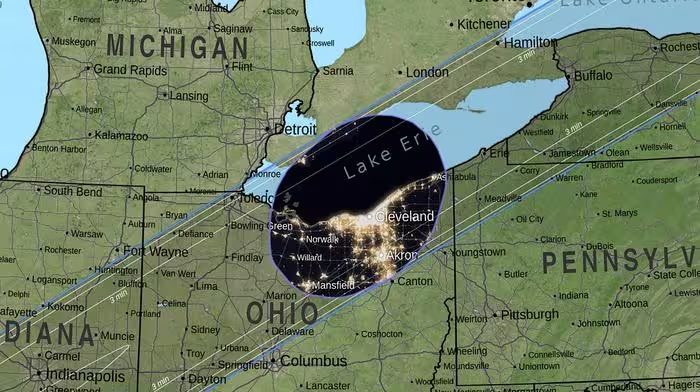
New NASA research reveals a process to generate extremely accurate eclipse maps, which plot the predicted path of the Moon’s shadow as it crosses the face of Earth.
Traditionally, eclipse calculations assume that all observers are at sea level on Earth and that the Moon is a smooth sphere that is perfectly symmetrical around its center of mass.
As such, these calculations do not take into account different elevations on Earth or the Moon’s cratered, uneven surface.
For slightly more accurate maps, people can employ elevation tables and plots of the lunar limb — the edge of the visible surface of the Moon as seen from Earth.
However, now eclipse calculations have gained even greater accuracy by incorporating lunar topography data from NASA’s LRO (Lunar Reconnaissance Orbiter) observations.
Using LRO elevation maps, NASA visualizer Ernie Wright at NASA’s Goddard Space Flight Center in Greenbelt, Maryland, created a continuously varying lunar limb profile as the Moon’s shadow passes over the Earth.
The mountains and valleys along the edge of the Moon’s disk affect the timing and duration of totality by several seconds.
Wright also used several NASA data sets to provide an elevation map of Earth so that eclipse observer locations were depicted at their true altitude.
The resulting visualizations show something never seen before: the true, time-varying shape of the Moon’s shadow, with the effects of both an accurate lunar limb and the Earth’s terrain.
“Beginning with the 2017 total solar eclipse, we’ve been publishing maps and movies of eclipses that show the true shape of the Moon’s central shadow — the umbra,” said Wright.
“And people ask, why does it look like a potato instead of a smooth oval?”
“The short answer is that the Moon isn’t a perfectly smooth sphere.”
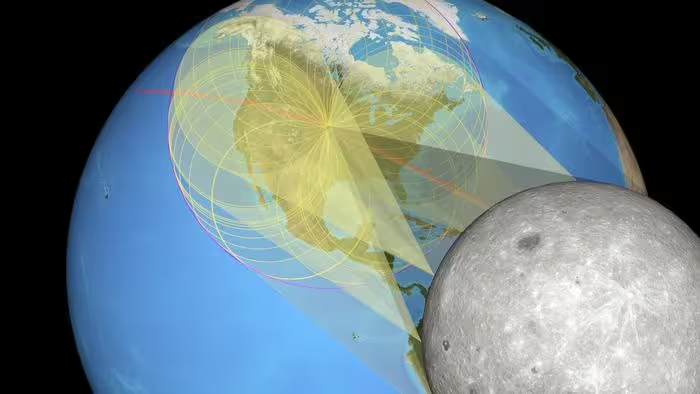
The mountains and valleys around the edge of the Moon change the shape of the shadow.
The valleys are also responsible for Baily’s beads and the diamond ring, the last bits of the Sun visible just before and the first just after totality.
Wright is lead author of a paper published Sept. 19 in The Astronomical Journal that reveals for the first time exactly how the Moon’s terrain creates the umbra shape.
The valleys on the edge of the Moon act like pinholes projecting images of the Sun onto the Earth’s surface.
The umbra is the small hole in the middle of these projected Sun images, the place where none of the Sun images reach.
The edges of the umbra are made up of small arcs from the edges of the projected Sun images.
This is just one of several surprising results that have emerged from the new eclipse mapping method described in the paper.
Unlike the traditional method invented 200 years ago, the new way renders eclipse maps one pixel at a time, the same way 3D animation software creates images.
It’s also similar to the way other complex phenomena, like weather, are modeled in the computer by breaking the problem into millions of tiny pieces, something computers are really good at, and something that was inconceivable 200 years ago.
More info
You may also be curious about:
-

Skin bacteria help protect us from sunlight
-
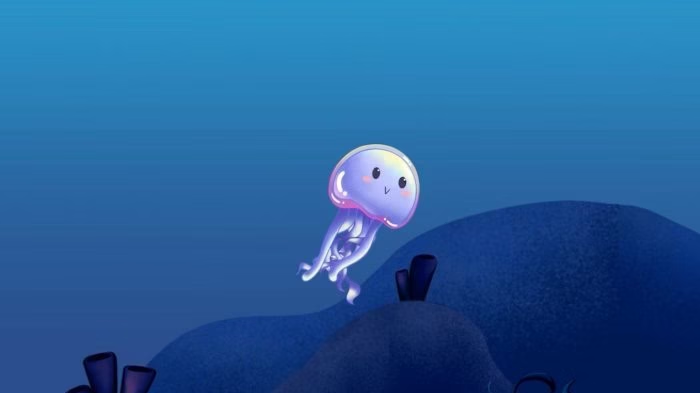
New brain-reading video game reduces chronic nerve pain
-

Black tea and berries could contribute to healthier aging
-

Viral mouth-taping trend ‘sus’ says Canadian sleep expert
-

New sodium fuel cell could enable electric aviation
-
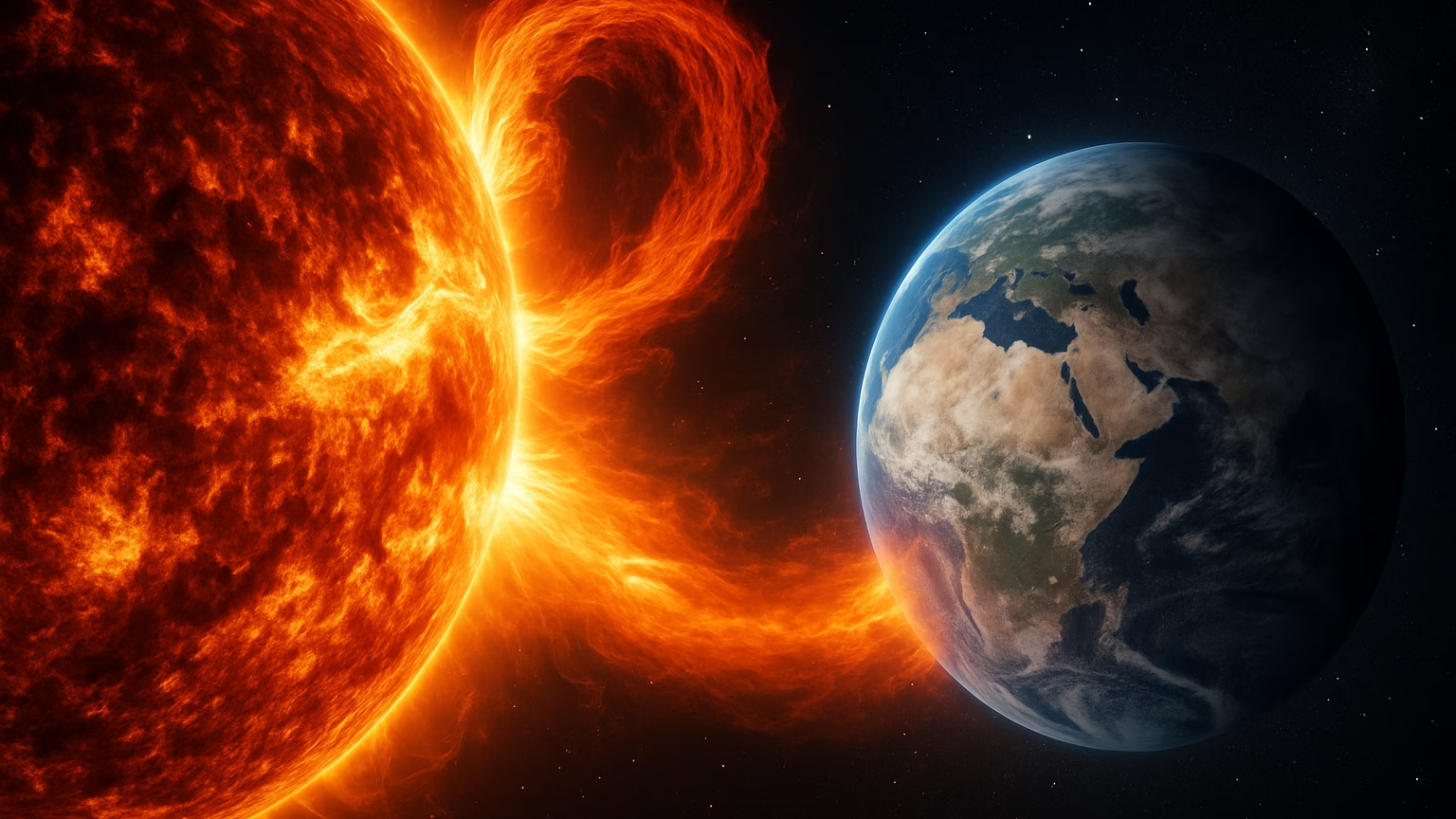
The most extreme solar storm hit Earth over 14,000 years ago, scientists identify
-
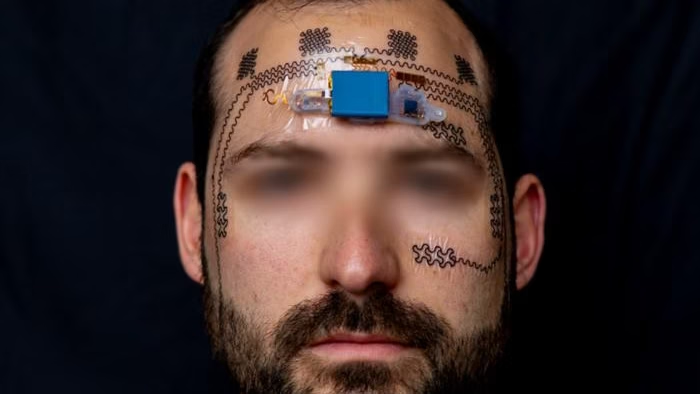
Electronic face tattoo gauges mental strain
-
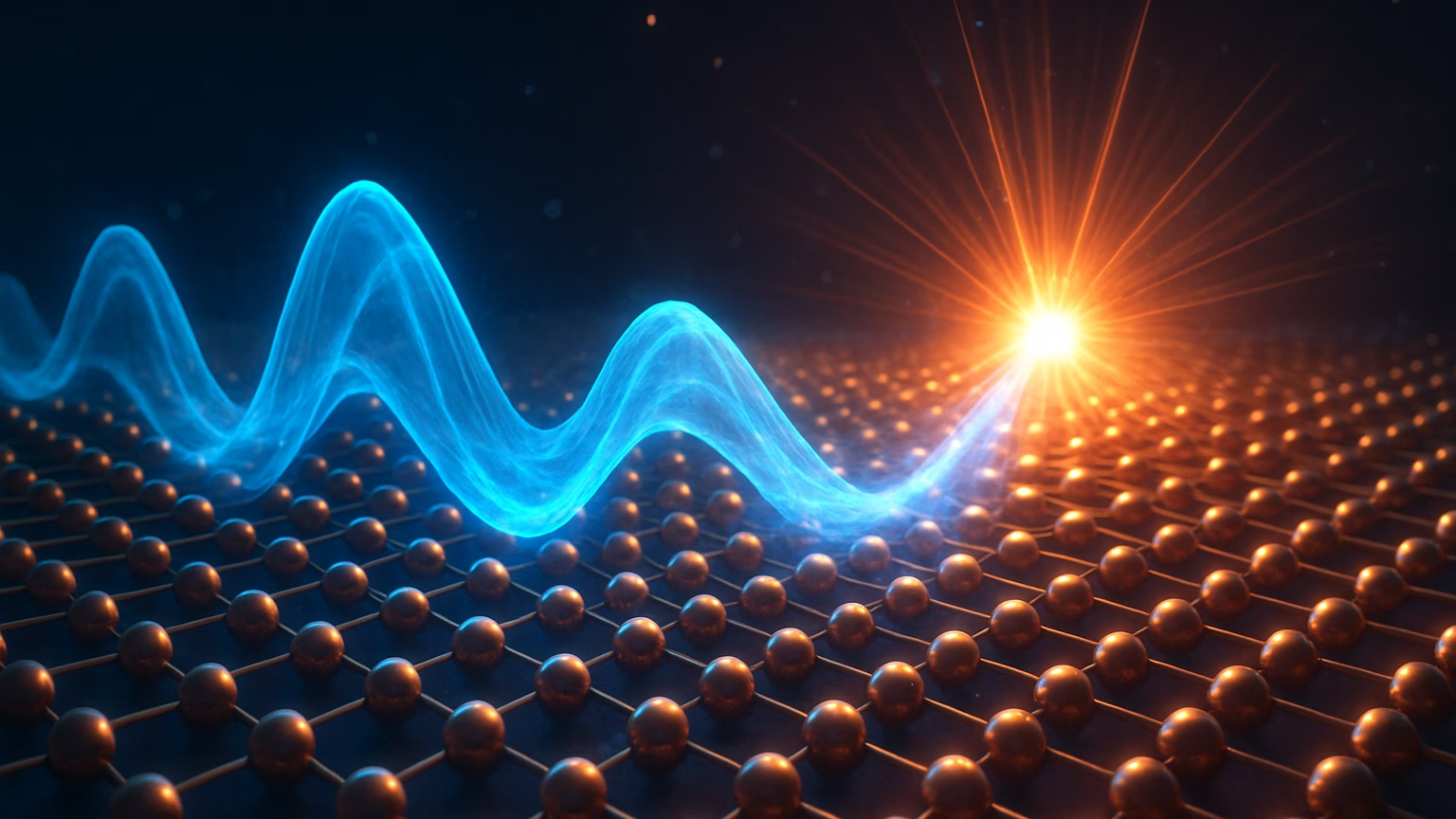
Solitonic superfluorescence paves way for ambient temp quantum computing
-
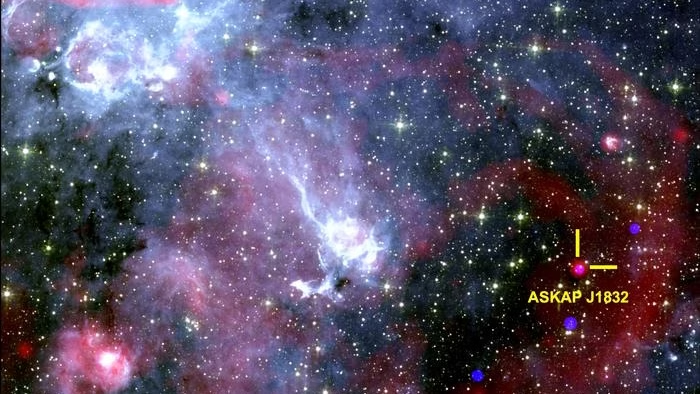
Cosmic mystery deepens as astronomers find object flashing in both radio waves and X-rays
-
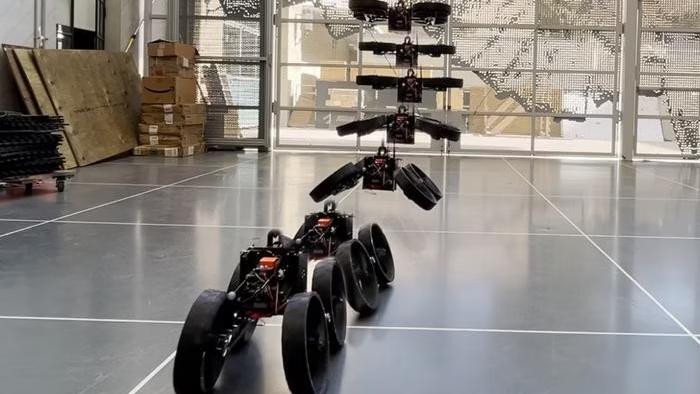
The rotors are also the wheels on this morphobot
-

Bed bugs are most likely the first human pest, 60,000 years and counting
-

What lurks beneath? Only 0.001 percent of the deep seafloor has been imaged
